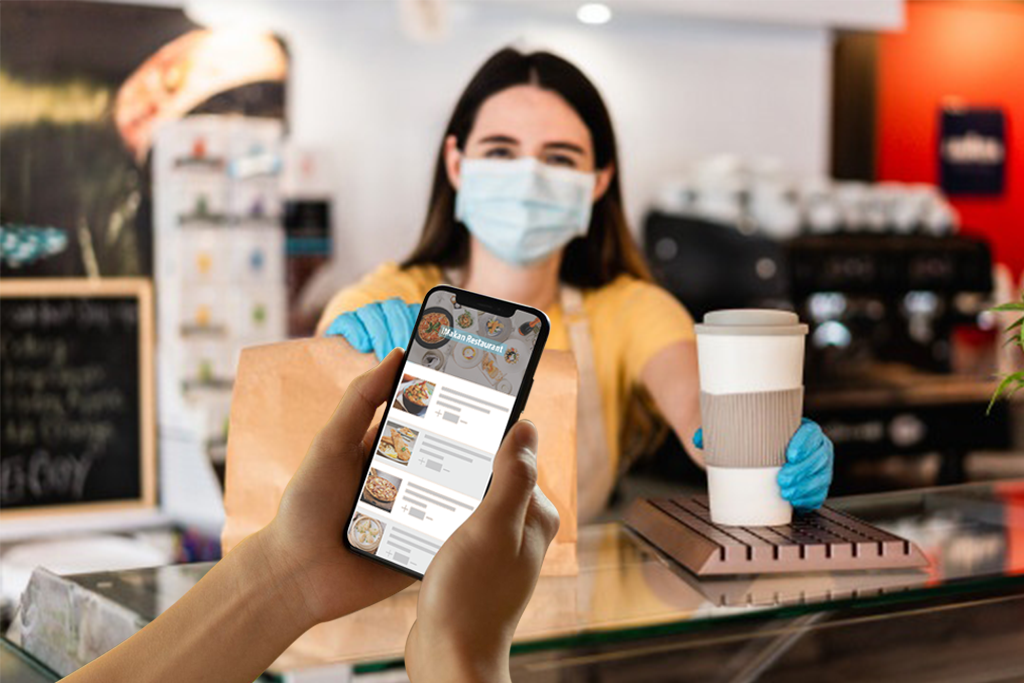F&B businesses, whether quick service restaurants, full service dine in restaurants or takeaway food kiosks, have rather complex operations which require both back and front of the house to run efficiently in sync.
With advancements in both back and front of house technologies, restaurants that adopt such solutions will reap the benefits of cost savings and increased productivity. Enabling them to continue growing in the years to come.
1. Smart Kitchen Equipments
Productivity boosting kitchen equipment like kitchen display solution, automated fryer, automated dishwashing machine, automated drinks dispenser etc., are solutions which help boost your back of the house operation efficiency and save on your manpower spending. By automating repetitive tasks in the kitchen you reduce your dependency on manpower to run a kitchen efficiently, hence, reducing spending in the long run.
These smart kitchen equipment should be easy to operate so that it can flatten your staffs' learning curve, allowing new team members to add value to the team with as little training time as possible, increasing manpower efficiency.
2. Energy Efficient Equipment
Electricity and water bills take up a substantial part of your operational costs. Hence, getting equipment that saves energy and water is essential.
On the market today, there are a wide range of fryers, steamers, griddles and convection ovens with energy-efficient heat recovery systems or boiler-less design. These items consume much less water and energy during heavy usage and on the long run. This not only saves on water consumption, but it also cuts down on electrical bills and use.
3. Cloud POS Systems
A POS system is an important piece of equipment for your restaurant as it is not only a transaction point, but also serves as a central operations control. Hence, investing in a complete robust POS system is a must.
With the increasingly digitalizing world, cloud POS systems are getting more and more popular among businesses. However, there is a common misconception that a cloud POS has to be a tablet based POS system.
A cloud POS system is any type of POS system regardless of its hardware (POS terminal, desktop, or tablet), that has its data and back end settings backed up in a cloud portal. With your POS data backed up in the cloud, it is easy to view real time business data from your restaurants and make changes to your backend settings like your menu, remotely at any time. This makes managing and scaling your restaurant much simpler and efficient.
4. Digital Ordering Solutions
Apart from optimizing back of the house operations, it is important to take care of customer-facing operations as well. Digital Ordering solutions such as QR ordering systems, self ordering kiosks and online ordering systems (pre order for self pick up or delivery) helps boost your operational efficiency, lower manpower costs and may even give your revenue a boost.
Digital ordering solutions help you remove ordering bottlenecks caused by manual order taking. Letting your customers use their own mobile devices to scan a QR code for menu browsing and order placing allows you to get their food orders simultaneously. This helps you significantly boost table turnover rates during your peak hours. The QR ordering solution even takes care of your customers' add on orders to make sure you won’t miss out potential revenue because of manpower shortage.
On top of that, a digital ordering solution allows your customers to browse through your digital menu with images attached to each dish, helping them to understand and try out dishes which appeal to them, instead of sticking to the same few dishes every time they come back.
Upselling plays an important role in increasing your revenue. By automating your upselling process through self ordering kiosks, QR ordering systems and online ordering systems, you will never miss out on a revenue boosting opportunity.
If you are interested in getting a QR ordering system, self ordering kiosk, or an online ordering system, drop us your contact details below and we will be happy to arrange a free demo with you.












